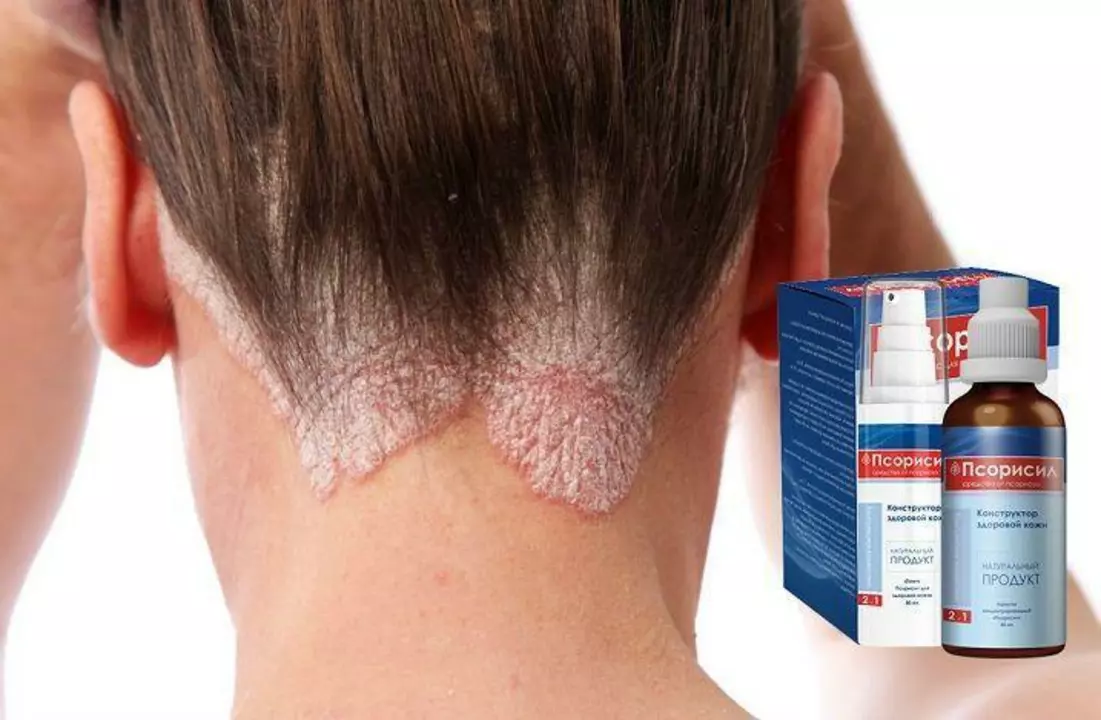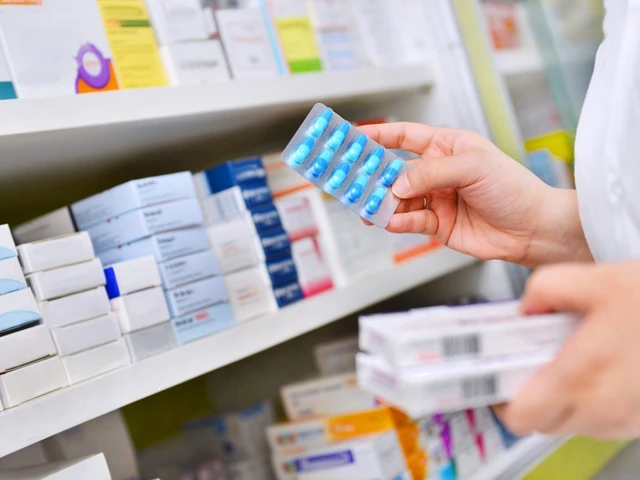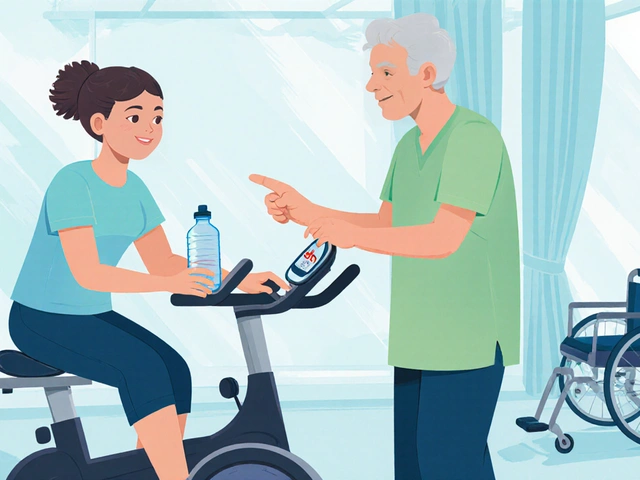Right amount: practical ways to get the correct medication dose
A tiny change in dose can matter. Too little and the drug may not work; too much and you risk side effects. Getting the right amount of medicine is simple when you know what to check and how to measure. Below are clear, practical steps you can use at home and when buying meds online.
Read the label and understand units
Start with the label. Check the active ingredient, strength (mg or mcg for pills, mg/mL for liquids), and total quantity. If a liquid says 5 mg/mL and you need 10 mg, you need 2 mL—not teaspoons. Always use the dosing device that comes with the medicine. Kitchen spoons vary a lot, but oral syringes or the marked cup from the pharmacy give accuracy.
Pills list strength per tablet. If a tablet is 500 mg and your dose is 250 mg, don’t guess—use a scored tablet or ask your pharmacist for the right strength or a split pill plan. Never split extended-release, coated, or combination tablets unless your prescriber or pharmacist says it’s safe.
Simple checks for safe dosing
1) Match prescription instructions exactly: dose, frequency, and timing. If your doctor wrote "twice daily," ask if that means every 12 hours. Timing affects effectiveness for many drugs.
2) Consider body factors: age, weight, kidney and liver health change how drugs act. Children and older adults often need different amounts. If your healthcare record notes kidney or liver disease, confirm whether the standard dose applies to you.
3) Watch interactions. Over-the-counter meds, supplements, and even grapefruit can change blood levels. If you take blood pressure drugs, diabetes meds, or strong antibiotics, confirm interactions with a pharmacist.
4) When buying online, pick licensed pharmacies with clear contact info and packaging that shows strength and expiry. If pills look different from prior fills, double-check before taking them.
Some drugs need extra care. For example, diuretics and potassium-affecting meds require attention to electrolytes and fluid balance. Antifungals and certain heart drugs need correct dose to avoid resistance or heart effects. If a med affects blood sugar, like some diabetes drugs, small dose errors can rapidly change glucose.
For pets and kids, never extrapolate adult doses—use specifically calculated doses from your vet or pediatrician. A children’s liquid dose based on weight is precise; ask the clinic to write the dose in mg and mL so you can measure it correctly.
When in doubt, ask. Your pharmacist can confirm conversions, safe pill splitting, and whether a generic has the same strength. If you notice unexpected drowsiness, dizziness, rash, or other worrying signs after a dose change, stop and seek advice immediately.
Following these steps takes a few extra minutes but prevents mistakes that can cause treatment failure or harm. Keep instructions, measuring tools, and pharmacy contacts handy—getting the right amount matters.
As a psoriasis sufferer, I know finding the right treatment can be challenging. Recently, I've been exploring Acitretin, a medication that has shown promising results in managing this condition. It's crucial to find the right dosage for optimal results and to minimize side effects. In my research, I've discovered that working closely with a healthcare professional is essential for determining the appropriate Acitretin dosage tailored to each individual's needs. I hope sharing this information helps fellow psoriasis patients in their journey towards better skin health.
View Details

